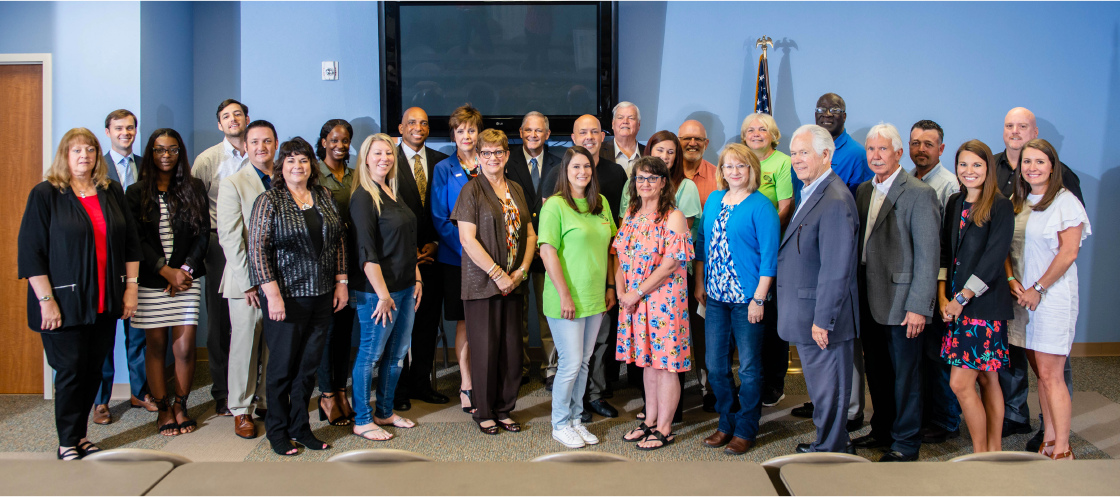Golden Pass Products Receives Final Environmental Impact Statement

The Federal Energy Regulatory Commission (FERC) published the Final Environmental Impact Statement (FEIS) for a proposed $10 billion liquefied natural gas export project to be built by Golden Pass Products LLC at the existing world-class Golden Pass LNG import facility in Sabine Pass, Texas.
Achieves significant permitting milestone and moves into final stages of permitting
July 29, 2016 – HOUSTON, TEXAS –The Federal Energy Regulatory Commission (FERC) published the Final Environmental Impact Statement (FEIS) for a proposed $10 billion liquefied natural gas export project to be built by Golden Pass Products LLC at the existing world-class Golden Pass LNG import facility in Sabine Pass, Texas. The final EIS concluded GPP would have no significant impact on the environment when recommended mitigation measures are implemented. This key milestone moves the project into the final stages of permitting, setting the stage for significant and lasting benefits for the country.
FERC’s publication of GPP’s final EIS is the culmination of significant efforts dedicated to designing a safe, environmentally sound project. The process involved an environmental impact study with multiple agency regulatory reviews, a public comment period and other public input opportunities. GPP began the National Environmental Policy Act (NEPA) pre-filing process with FERC in May 2013.
“We’re delighted to have completed the environmental review phase of the project,” Sean Ryan, president of Golden Pass LNG, said. “It shows what you can achieve by bringing together the right location, the right design, and the right team. Our shareholders have a proven track record of successfully developing and executing projects like this around the world.”
Golden Pass Products’ shareholders, Qatar Petroleum and ExxonMobil, are world leaders in the LNG business with operational LNG expertise, financial capabilities, access to shipping fleets and large-scale regasification facilities and a diverse global customer portfolio.
Golden Pass Products currently expects to complete permitting in 2017. Following a decision on investment, the project would invest approximately $10 billion over five years to build liquefaction facilities to supply the project’s global customers. The project is expected to create thousands of direct and indirect jobs across the nation during the construction phase. During its 25-year operations phase, the project is expected to generate about 3,800 jobs in the United States, including more than 200 permanent jobs at the site. The project has received U.S. Department of Energy authorization for exports to Free Trade Agreement countries and awaits DOE authorization to export to non-Free Trade Agreement nations.


